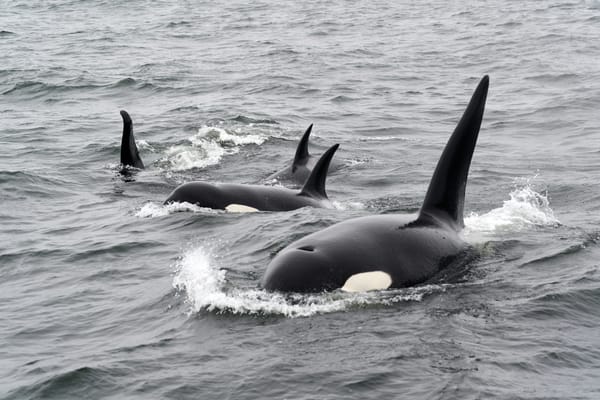Coral Reefs: The Living Cities Beneath the Sea
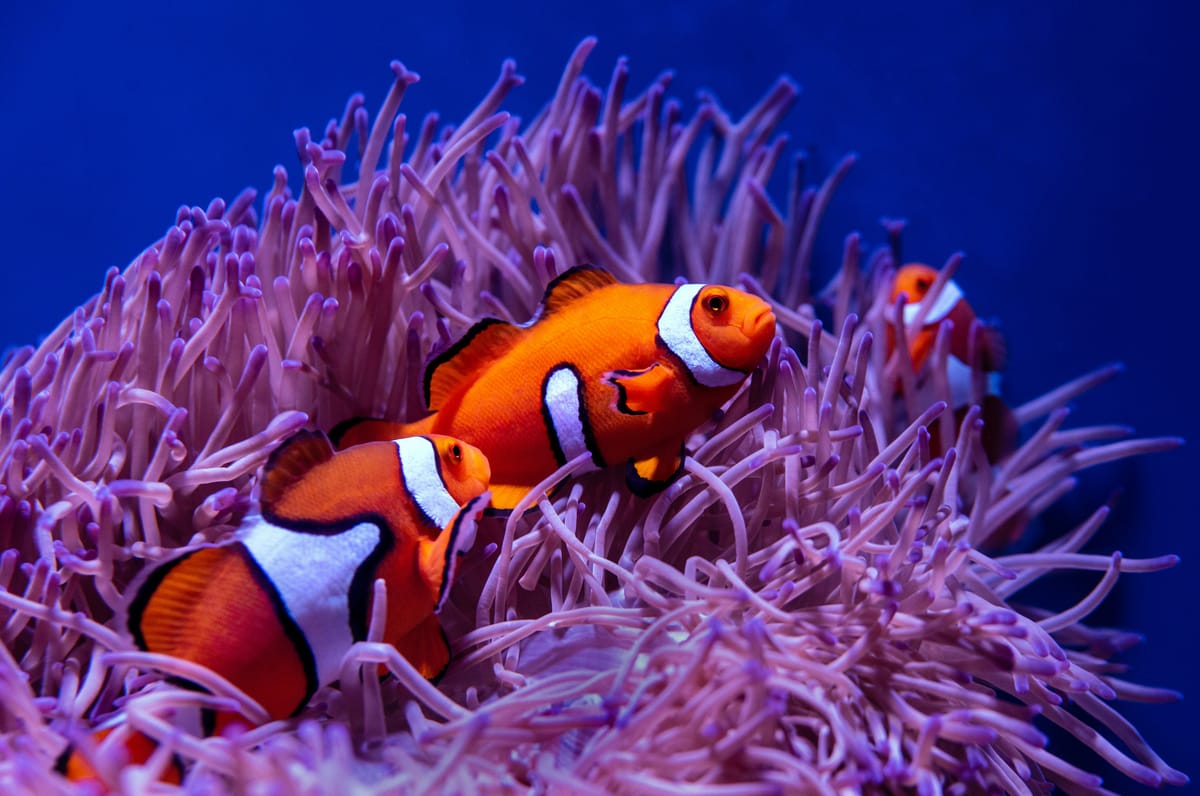
The first time I learned about coral reefs, I wasn’t underwater. I was under a blanket, halfway through a Netflix documentary called Chasing Coral, jaw slack, eyes wide, heart slowly cracking open.
If you haven’t watched it, I suggest you have it at the top of your watch list. It’s a masterpiece of marine storytelling. It's also a slow, quiet heartbreak. Because once you’ve seen what a reef looks like alive glowing, pulsing, bustling like an underwater city you’ll never forget the way it looks when that colour drains away.
I’ve never seen a coral reef in real life. I’ve never strapped on a snorkel in Zanzibar or dived through the reef tunnels of the Red Sea or swum above the legendary Great Barrier Reef in Australia, the largest coral system on Earth. And yet, these places haunt me. Not just for their beauty, but because they are vanishing. Quietly. Rapidly.
Let’s start here, with a bit of gentle truth:Corals are alive.
Each reef is made up of thousands to millions of tiny creatures called coral polyps, related to jellyfish and sea anemones. These polyps form colonies and secrete calcium carbonate (limestone) as they grow—layer by layer—creating vast, complex underwater structures. Old corals form the base, new ones rise above, forming the aquatic equivalent of a rainforest canopy.
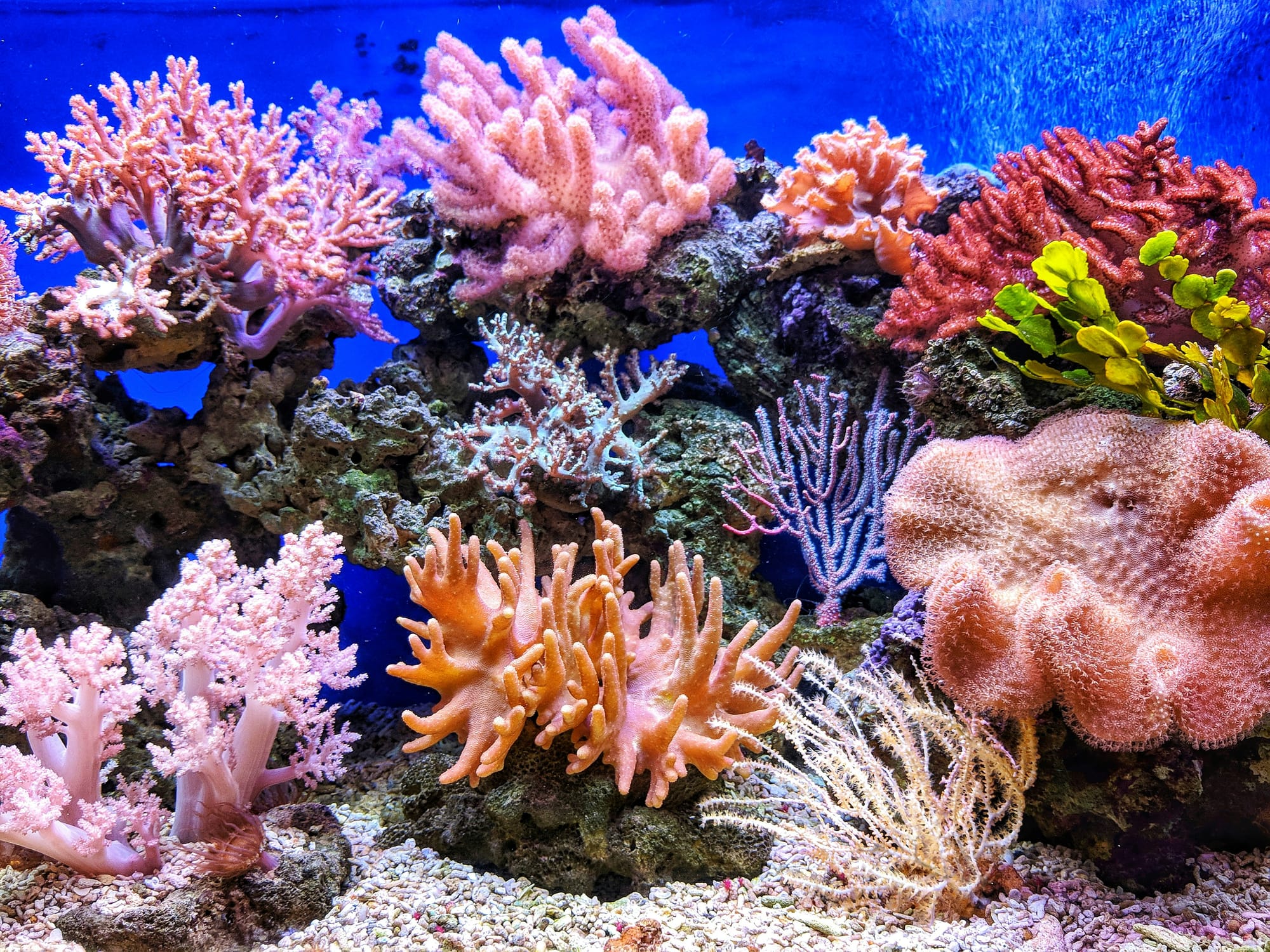
Corals owe much of their beauty and survival to microscopic algae called zooxanthellae. These algae photosynthesize, using sunlight to create sugars that feed the coral. In exchange, the coral offers shelter and carbon dioxide. It’s a symbiotic relationship that gives corals both nourishment and their dazzling colours.
But this partnership is fragile. When ocean temperatures rise as they have been, corals become stressed and eject their algae. They turn ghostly white. This is coral bleaching. It’s not death, but a red alert. A quiet scream.
And the heartbreak is: we’ve been watching it happen, reef by reef, year after year. The Great Barrier Reef alone has experienced five mass bleaching events since 2016. According to the Intergovernmental Panel on Climate Change (IPCC), if global temperatures rise by 1.5°C, we could lose up to 90% of coral reefs. At 2°C, more than 99% could disappear (IPCC, 2018).
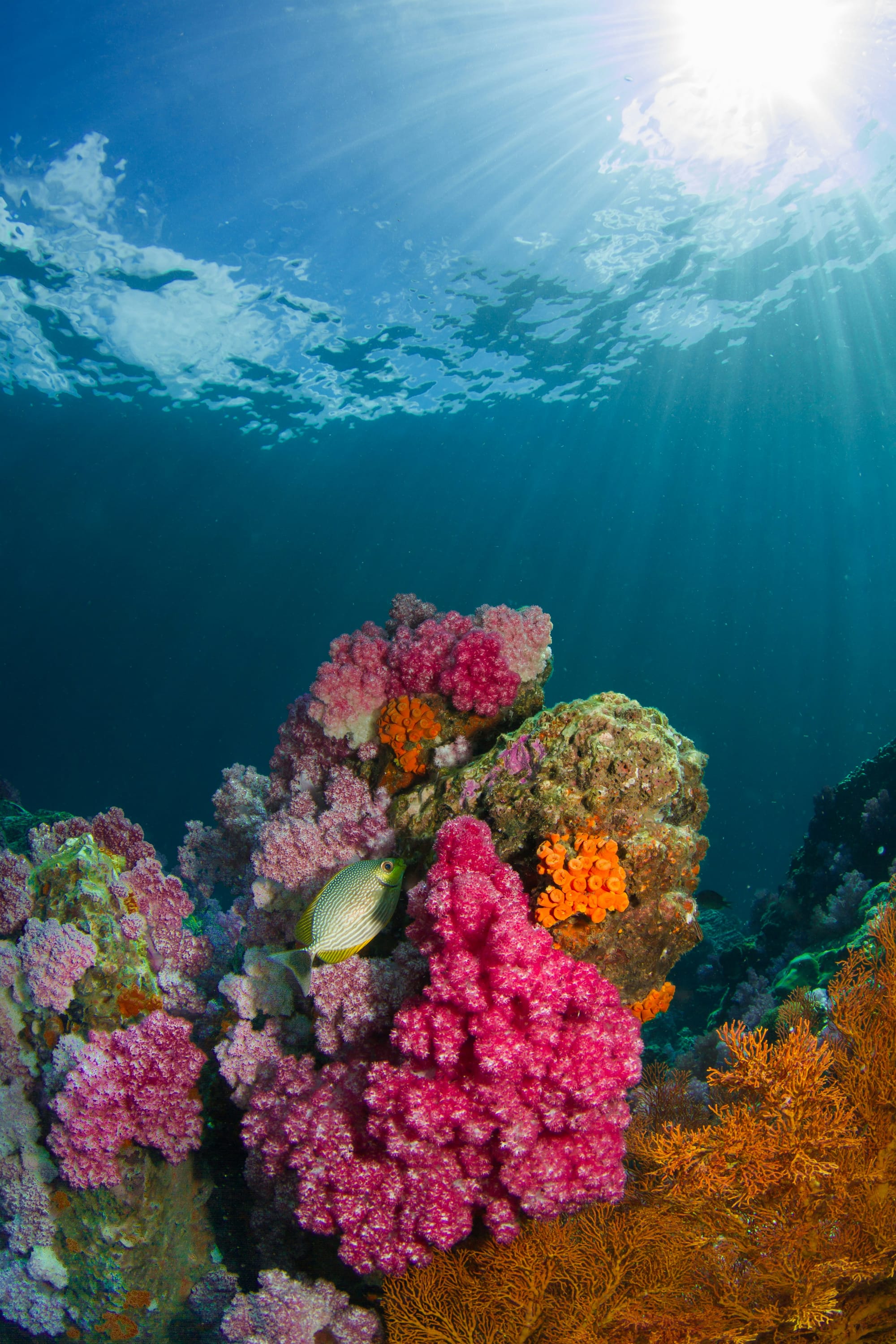
And this isn’t just about pretty fish or Instagram dive spots. Coral reefs support 25% of all marine life despite covering less than 1% of the ocean floor. They protect coastlines from storms, feed over 500 million people, and hold biochemical clues to new medicines.
They are cities, pharmacies, nurseries, and history books, written in calcium and time.
You’ll find them in Australia’s Great Barrier Reef, along Kenya’s coastlines in Lamu, Watamu, and Wasini; in the heat-resilient depths of the Red Sea; across the Coral Triangle of Southeast Asia; the most biodiverse marine zone on Earth; and even off Brazil’s Abrolhos Reef.
The word “coral” comes from the ancient Greek korallion, once believed to be a living stone. Maybe it still is.
Within the folds of a healthy reef live parrotfish that poop white sand (yes, the beach owes them gratitude), clownfish nestled in anemones (Cue in Finding Nemo), sea turtles, eels, reef sharks, rays, octopuses, clams, nudibranchs, and crustaceans. Microscopic plankton drift in, and vibrant algae coat the rocks. Some species have names. Others haven’t been discovered yet.
But this incredible abundance is under siege.
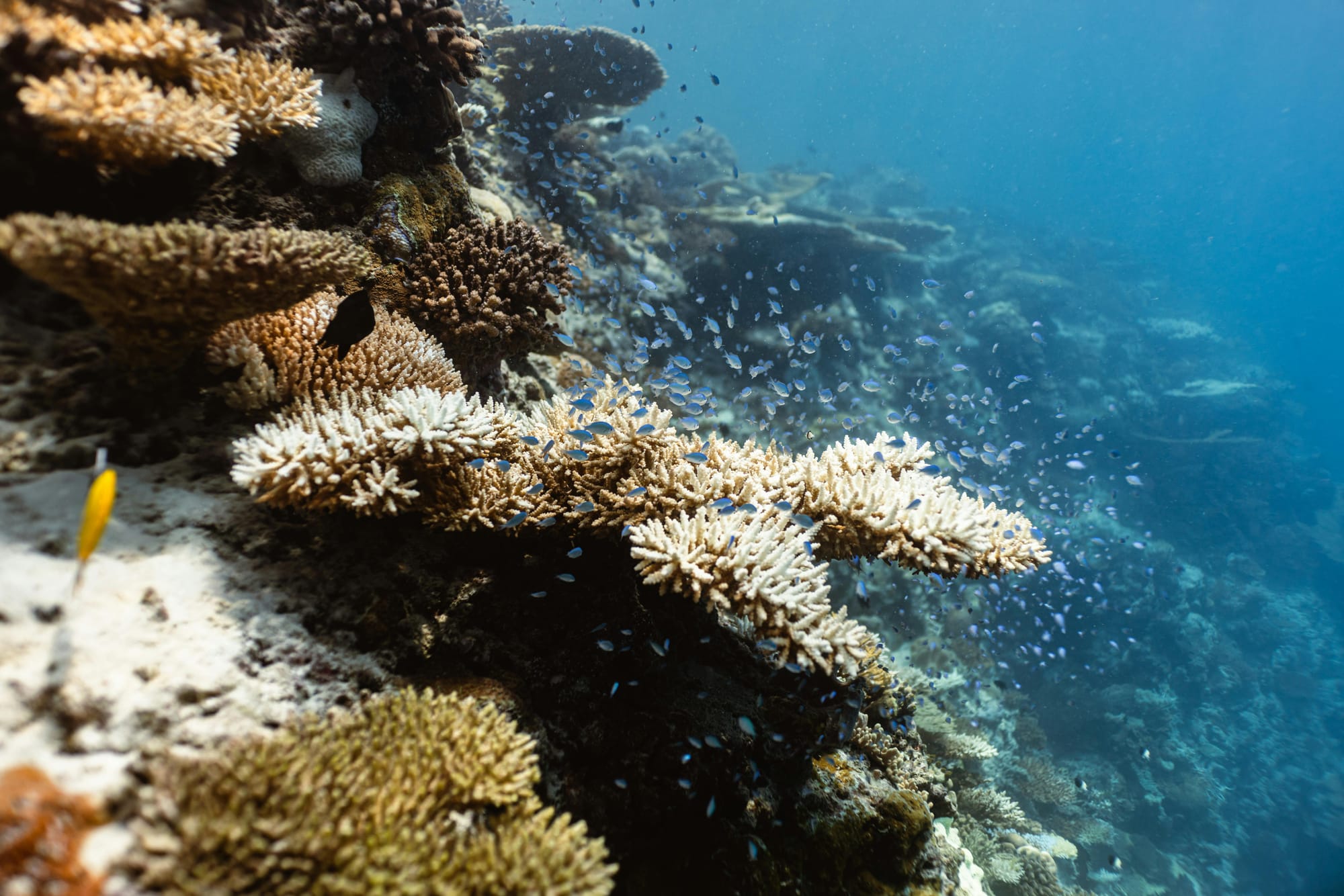
What’s Destroying Our Reefs?
The threats are vast and often invisible yet entirely human-made.
- Climate Change: Rising ocean temperatures are the biggest driver of coral bleaching. Prolonged heat waves make it difficult for corals to recover.
- Ocean Acidification: As oceans absorb more carbon dioxide, the water becomes more acidic, making it harder for corals to build their skeletons.
- Pollution: Agricultural runoff, untreated sewage, and plastic waste smother reefs and encourage harmful algal blooms.
- Overfishing and Destructive Practices: Removing key species and using dynamite or cyanide damages the reef structure and alters marine balance.
- Unsustainable Tourism: Physical contact, boat anchors, and chemical sunscreens all wreak havoc on sensitive coral systems.
- Coastal Development: Sediment and construction runoff cloud the water and suffocate coral polyps.
This isn’t just a crisis for marine ecosystems, it’s a looming catastrophe for humanity, especially for coastal communities who depend on reefs for food and income.
Not All Hope Is Lost
In Kenya, communities around Wasini Island are replanting corals through marine gardens, restoring life to once-bleached seabeds. In Australia, researchers are cultivating “super corals” with enhanced temperature tolerance. Globally, more marine protected areas (MPAs) are being established, offering critical sanctuary to fragile ecosystems.
People are fighting back, with science, community knowledge, and an undeniable love for these living cities.
There’s also a global shift in awareness: calls to ban reef-harming sunscreens, reduce emissions, and rethink how we interact with marine environments are growing louder.
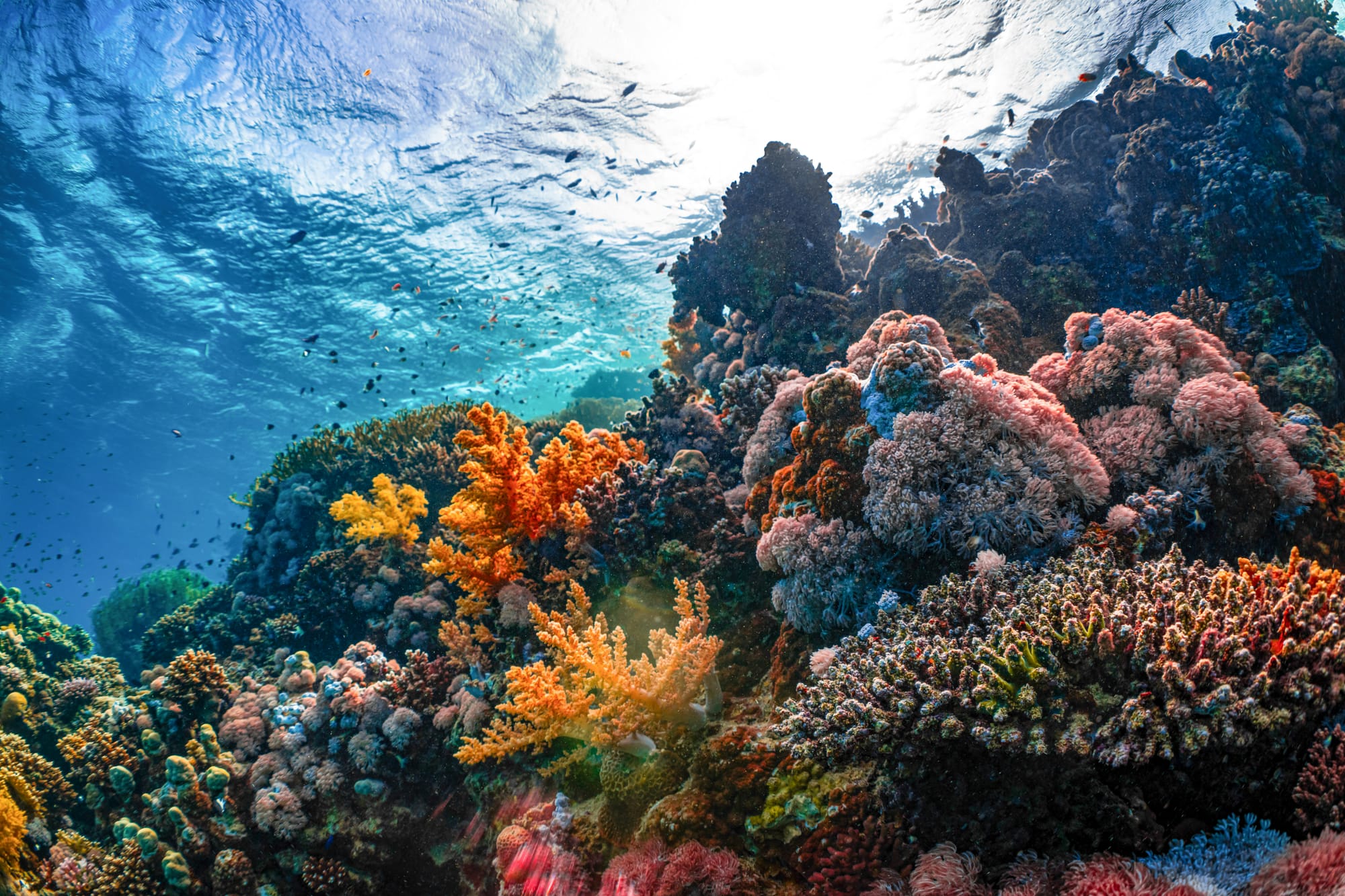
How You Can Help (Yes, You)
Even if you’ve never swum over a reef, you are not powerless.
- Watch Chasing Coral. Share it. Start conversations.
- Use reef-safe sunscreen (look for mineral-based brands without oxybenzone or octinoxate).
- Reduce your carbon footprint; choose clean transport, cut down waste, and go easy on energy use.
- Support marine conservation groups; especially local organizations who combine science and indigenous knowledge.
- If you travel, be a responsible tourist: don’t touch reefs, don’t buy coral souvenirs, and choose ethical tour operators. Touching corals can harm or kill them by stripping their protective layer, spreading bacteria, or breaking fragile parts.
Reefs don’t need tourists. They need guardians.
And guardians aren’t just divers or marine biologists. They’re people like you. People who care. People who understand that beauty, once lost, takes centuries to return.
Coral reefs are not just nature’s masterpieces. They are climate witnesses. Their fading colours are telling us everything we need to know about the urgency of action.
Let’s not be the generation that stood by as the world’s oldest cities drowned.
Sincerely,
Blue 💙
References
Intergovernmental Panel on Climate Change. (2018). Special Report on Global Warming of 1.5°C. Retrieved from https://www.ipcc.ch/sr15/
National Oceanic and Atmospheric Administration (NOAA). (2023). What is coral bleaching? Retrieved from https://oceanservice.noaa.gov/facts/coral_bleach.html
The Ocean Agency. (2017). Chasing Coral [Documentary]. Netflix.
WWF. (2024). Coral Reefs: Why They Matter. Retrieved from https://www.worldwildlife.org/places/coral-reefs
UNEP. (2021). Coral Reef Restoration and Conservation. Retrieved from https://www.unep.org/resources/report/coral-reef-restoration

